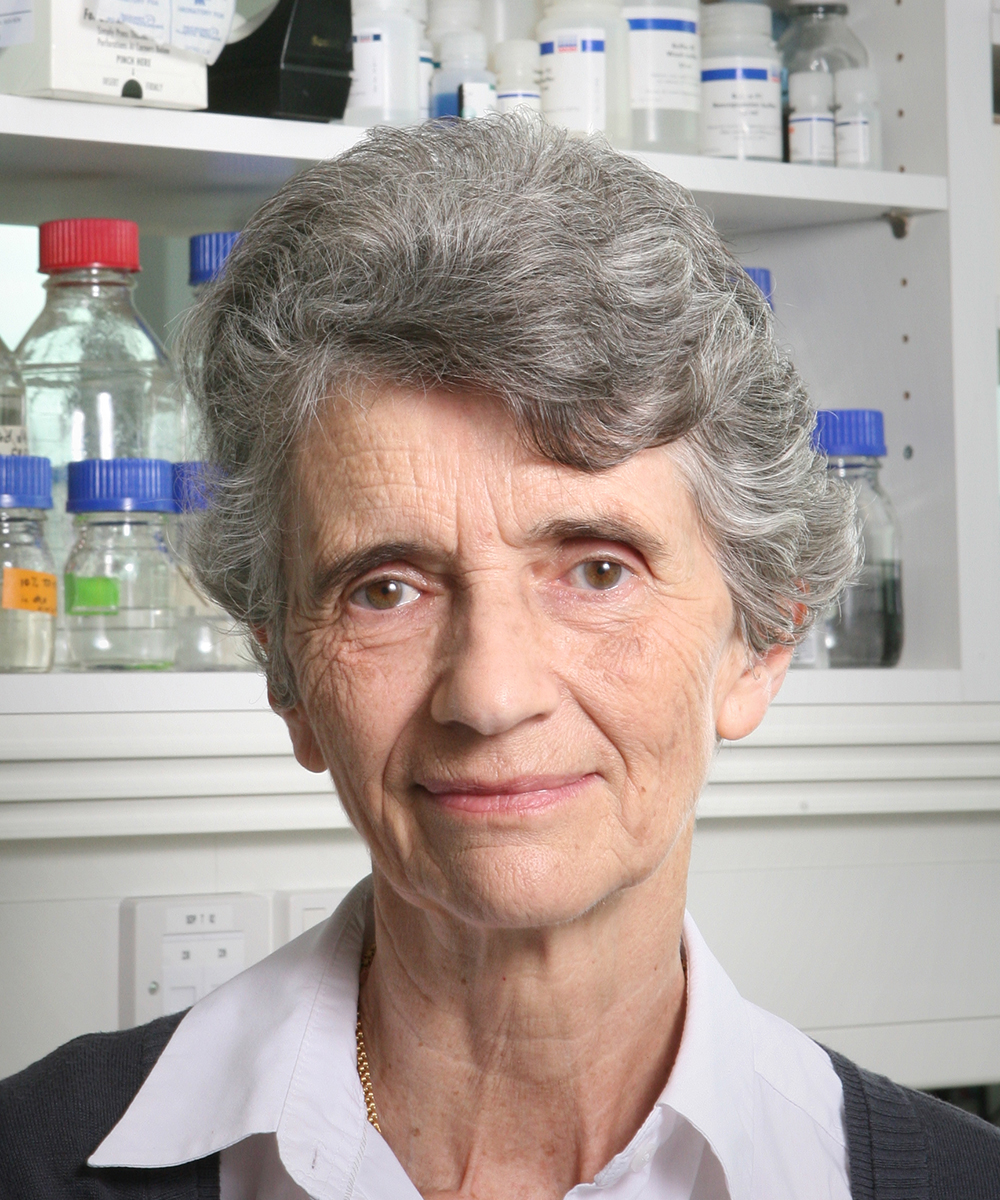History
 ©
Images from Thomas Willis' 'Cerebri Anatome,' 1664
©
Images from Thomas Willis' 'Cerebri Anatome,' 1664
Our Department was formed in 2010 by bringing together Clinical Neurology, Anaesthetics, Ophthalmology and the Oxford Centre for Functional MRI of the Brain. Subsequently the Wolfson Centre for the Prevention of Stroke and Dementia was created to form a fifth division of NDCN, and most recently we welcomed the MRC Brain Network Dynamics Unit as our sixth division.
In 2023 we embarked on a project to cherish the heritage of our Department by installing a permanent exhibition of photographic portraits of key figures in its history on Level 6 of the West Wing in the John Radcliffe Hospital. You can see these images below and read about the contributions of these people upon whose legacy our current work is founded.
|
Ida MannIda Mann became the Margaret Ogilvie Reader in Ophthalmology at the University of Oxford in 1941, where she established the Nuffield Laboratory of Ophthalmology. She was one of the most distinguished ophthalmologists of her generation and in 1945 was awarded a titular Professorship at Oxford. |
Robert Reynolds MacintoshRobert Reynolds Macintosh held the post of Professor of Anaesthetics at the University of Oxford, the first chair of Anaesthetics outside the USA, from 1937 until his retirement in 1965. He played a major role in the development of anaesthetics as a clinical specialty. |
Ritchie RussellRitchie Russell worked at the Military Hospital for Head Injuries in Oxford, and was appointed as a consultant neurologist in 1945. An expert in the management of polio, in 1966 he became the first Professor of Clinical Neurology in Oxford. |
Bryan MatthewsBryan Matthews was Professor of Clinical Neurology at the University of Oxford from 1970-1987. He founded the modern study of Creutzfeldt-Jakob disease, and did much to increase understanding of multiple sclerosis. He was widely considered to be the foremost clinical neurologist of his era. |
|
Keith SykesKeith Sykes was Nuffield Professor of Anaesthetics at the University of Oxford from 1980 until his retirement in 1991. He modernised and expanded the Department of Anaesthetics, making contributions in the fields of anaesthesia, intensive care, applied respiratory physiology and clinical measurements. |
John Newsom-DavisJohn Newsom-Davis was the Action Research Professor of Neurology at the University of Oxford from 1987–1998. He was a world authority on myasthenia gravis and other autoimmune neurological conditions, and instrumental in the creation of the Oxford Centre for Functional MRI of the Brain (FMRIB). |
Angela VincentAngela Vincent has been one of the principal architects of the modern speciality of neuroimmunology. Her work has resulted in the characterisation of a number of specific antibody-mediated disorders of the peripheral and central nervous system. She is a former Head of the Department of Clinical Neurology. |
Charles WarlowCharles Warlow was Reader in Clinical Neurology in the 1970s, before moving to take the Chair of Neurology in Edinburgh. He has been a major influence on British neurology, and laid the foundations for evidence-based stroke prevention and care. |
|
Anthony BronAnthony Bron was Head of the Department of Ophthalmology at the University of Oxford until 2003. He made major contributions to our understanding of external eye disease, dry eye, ocular infection, corneal dystrophies, and corneal healing. |
Christopher KennardChris Kennard was the founding Head of the Nuffield Department of Clinical Neurosciences, and led the Department from 2008–2016. His research focused on the analysis of abnormalities of visual perception and eye movements in human neurological disease. |
Irene TraceyIrene Tracey held the Nuffield Chair of Anaesthetic Neuroscience and was Director of the Oxford Centre for Functional MRI of the Brain (FMRIB) from 2005-2015, where her research transformed our understanding of central pain processing. She was Head of the Nuffield Department of Clinical Neurosciences from 2016–2019, Warden of Merton College, and became Vice-Chancellor of the University of Oxford in 2023. |












